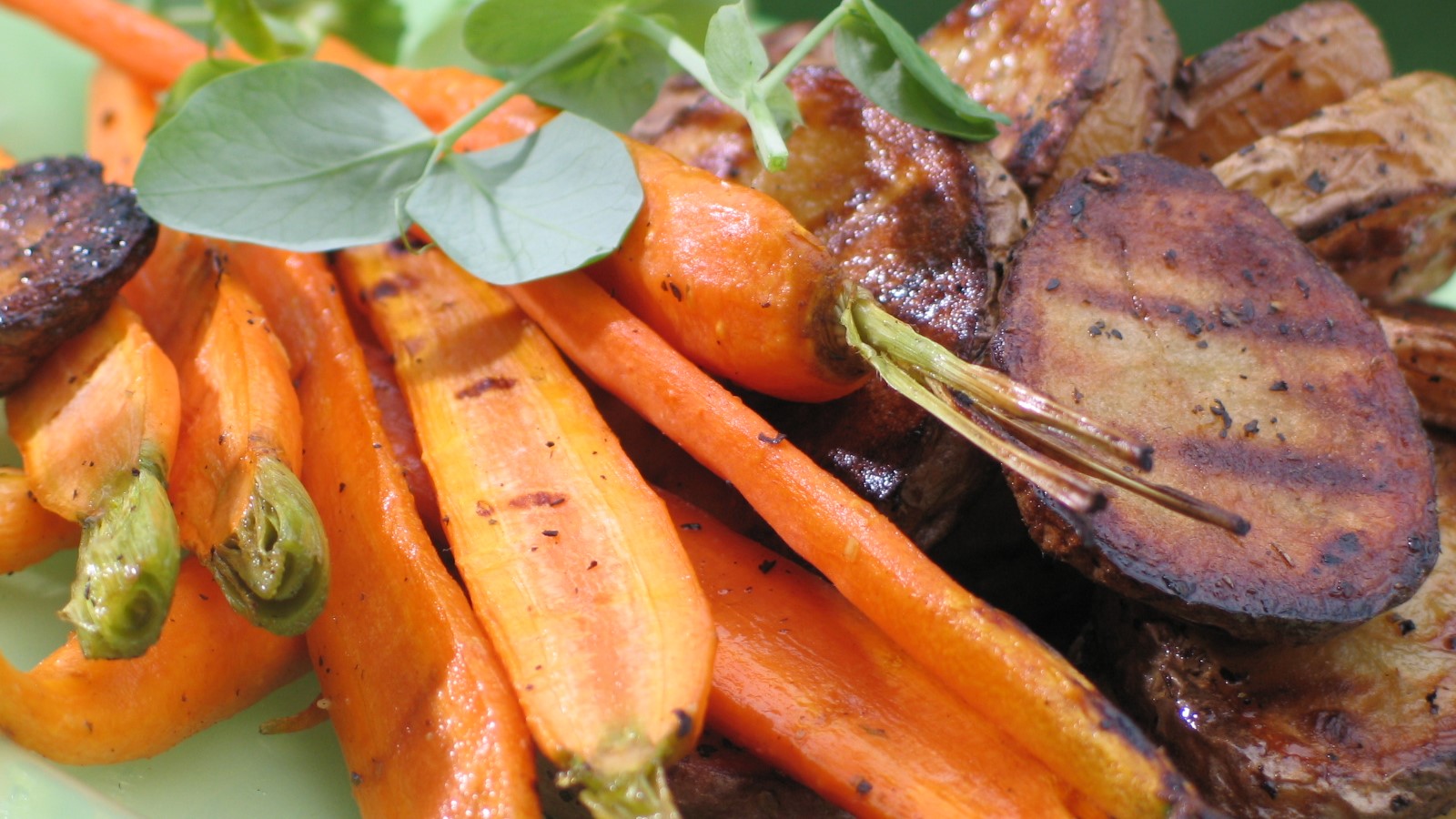
Yield: 1 serving per darne
Preparation time is 40 minutes
Ingredients
- 1 large halibut (or turbot) to cut into darnes
- 4 ounces of salmon (125 grams)
- ½ egg white
- 8 fluid ounces cream (250 millilitres)
- Splash of vermouth
- 1 tablespoon of finely minced chives (10 millilitres)
- 1 cup of Riesling (250 millilitres)
- 3 cups of fish stock (750 millilitres)
- Salt and pepper to taste
Directions
- Preheat the oven to 320 degrees Fahrenheit
- Fillet the halibut or turbot on a cutting board using a large sharp French knife and remove all the fins. Split the fish in half from the tail end first, working towards the head. Once at the gills, cut tight to the gills to cleanly remove one side of the halibut. Cut two centre pieces of the halibut approximately 10 ounces each in weight. Then, using a small knife, remove the bone from the centre of the darne. Place in a deep dish, which has been lightly buttered and refrigerate.
- To make the salmon mousse, take the well-chilled salmon and dice it, then puree in a food processor. Add the egg white, a splash of vermouth and a little cream at a time until the right consistency has been reached. The mousse should form soft peaks. Season with salt, pepper and place the mixture into a piping bag with a plain tip.
- Take the darne out of the fridge and pipe the salmon mousse into the centre cavity, which has been created by removing the bones. Fill the cavity to about a ½-inch above the top and place the fish back into the deep dish. Heat the fish stock in a saucepan until hot but not boiling. Season it well.
- Add the hot fish stock and white wine. Cover the dish with a sheet of parchment paper and poach in the oven for approximately 12 to 18 minutes. When cooked allow the fish to relax for a few minutes and remove the skin. Make a simple sauce using a little of the fish stock. Place the fish on the sauce, sprinkle with freshly chopped chives and serve.
Note: The mousse for this dish can be made from sea scallops, pike, shrimp and can be garnished with sliced truffles, caviar, or lobster tail. It is also a common practice to sometime remove the skin of the halibut or turbot once it has been poached.





